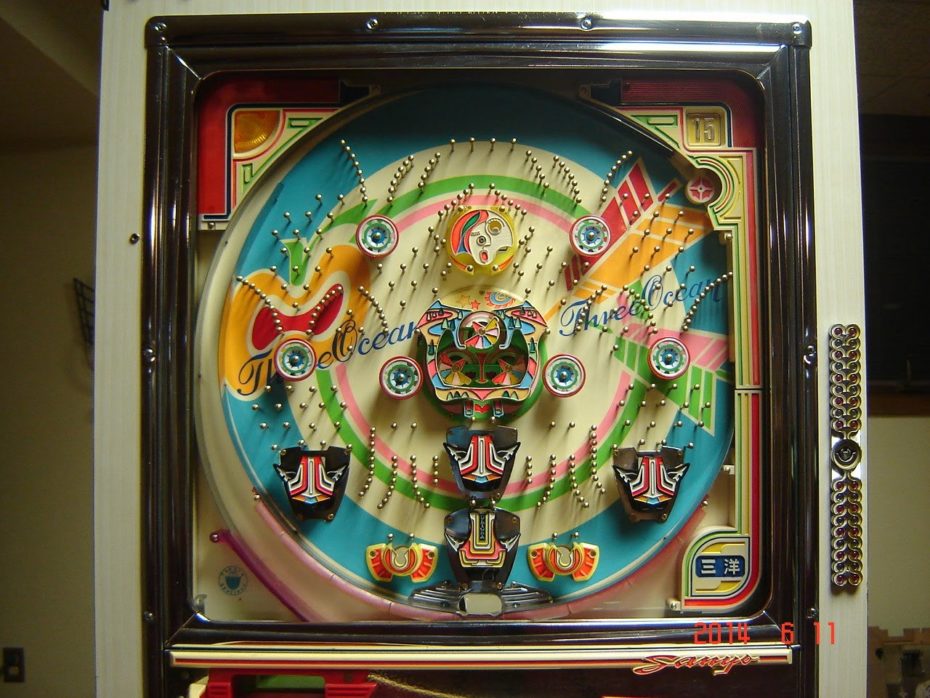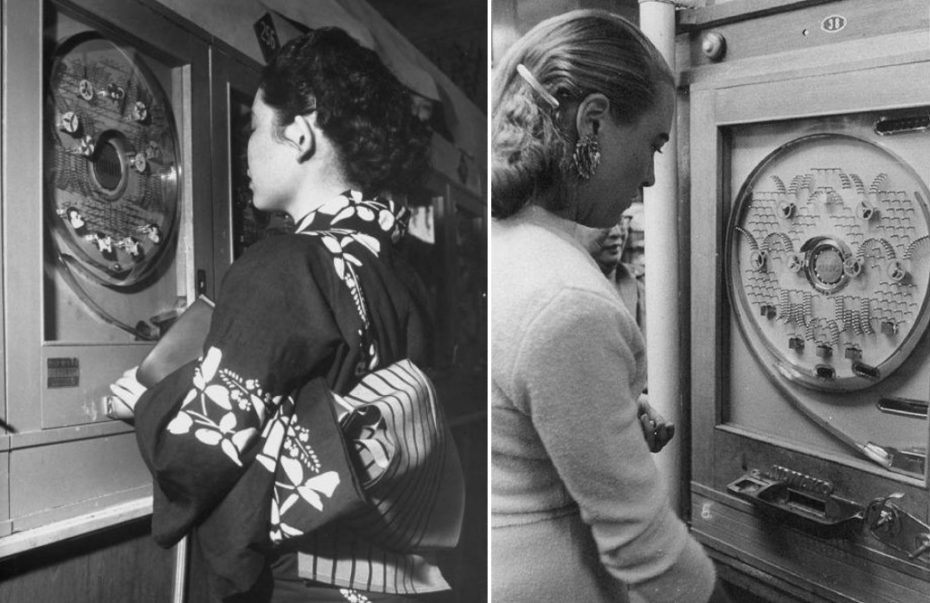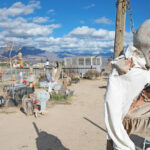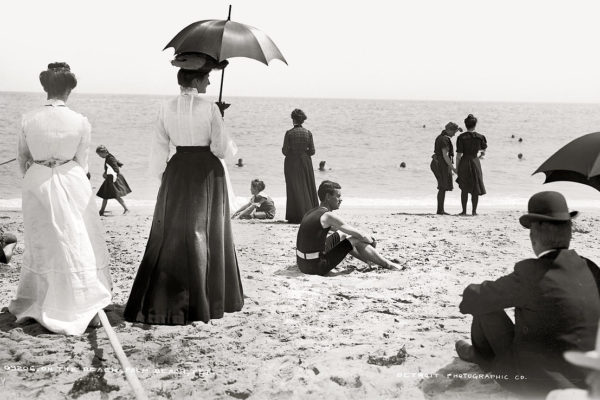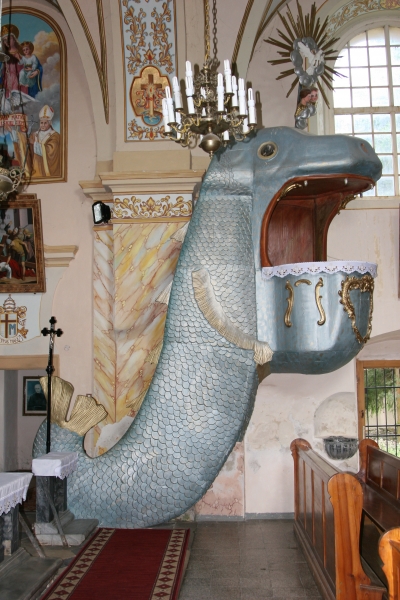
Life is simply too short not to explore the strangest depths of design, which, in all honesty, are usually the most innovative. Case in point: exploring the world of antique fish pulpits in Eastern Europe, reusing WWII stretchers as fences, or fashioning a coffin to look like a cow or taking a ride in France’s wackiest concept vehicles. We’re suckers for design oddities, so today we’re exploring a handful of our favourites…
Nautical Pulpits
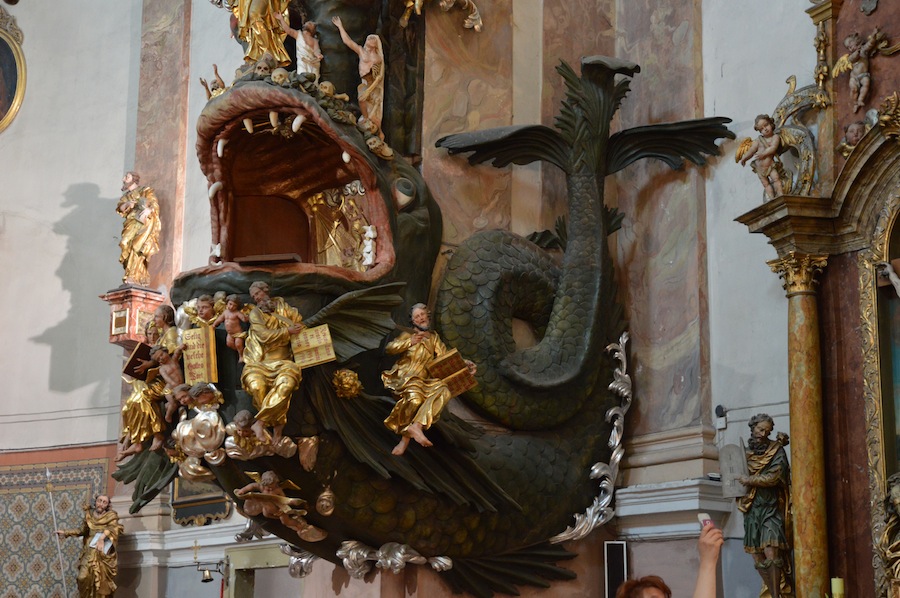
A cathedral’s architecture was also its best advertisement for the Christian faith; stained glass windows shone like jewels, walls and figurines were brightly painted, and the positioning of a preacher in a shiny, elevated pulpit sent a strong visual message: here is the Word, literally descending from the heavens. And also, sometimes, a giant fish head.
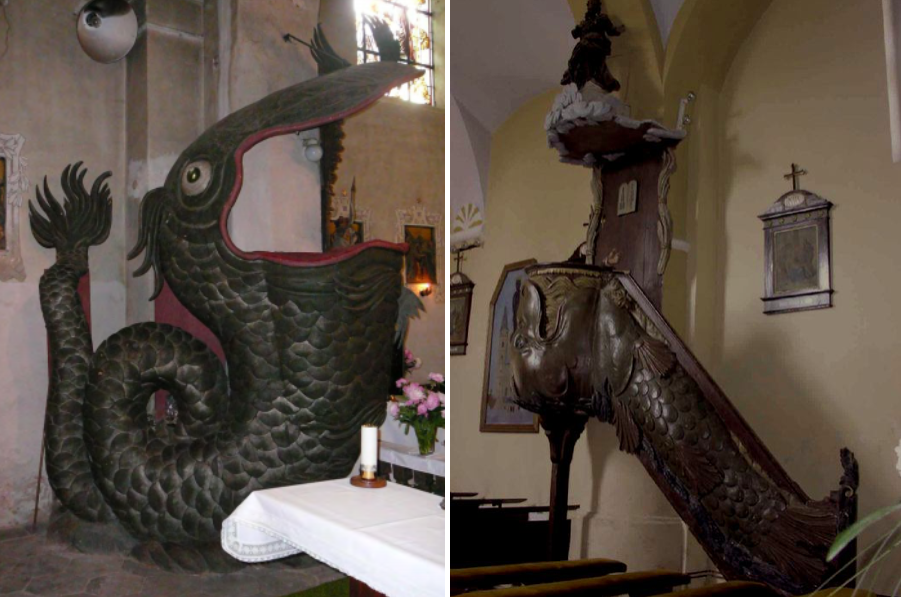
Lovre (right)
The architecture of churches was meant to tell a story that everyone, even the illiterate, could understand. Nautical pulpits were very common in Eastern Europe in the 18th century, and often made reference to biblical tales of Jonah and the Whale, or St. Peter and his fishing boat.
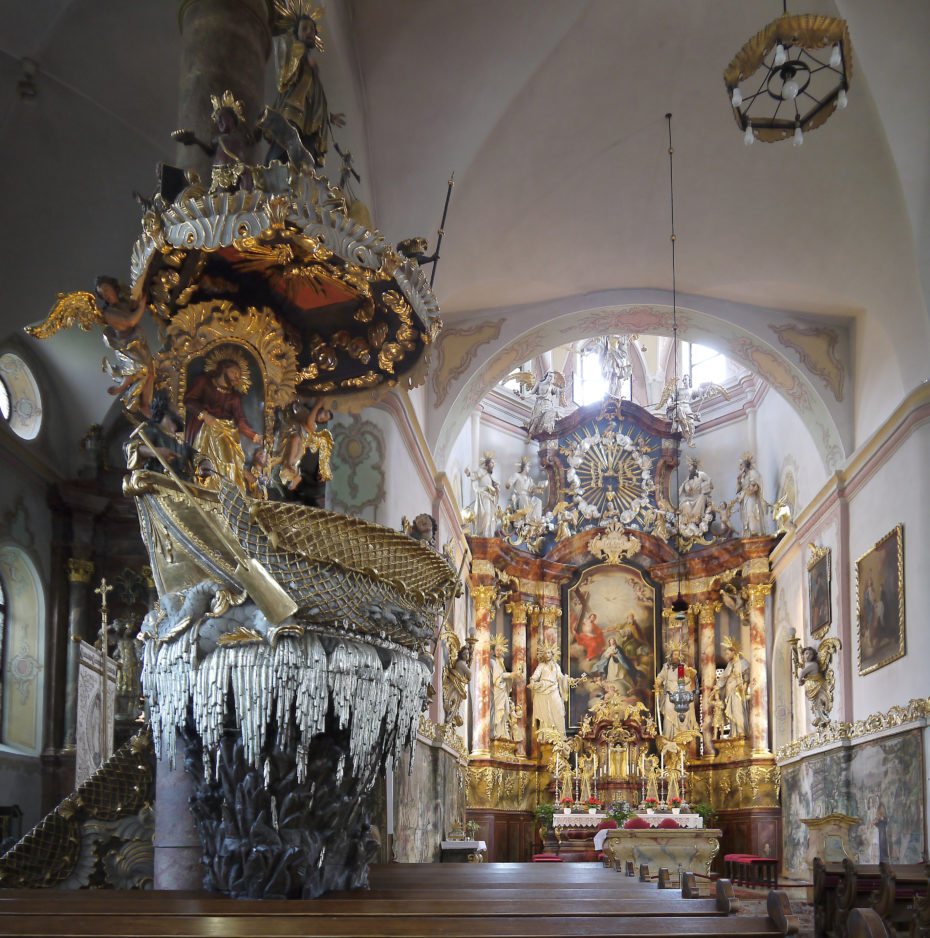

Dual Purpose Shoes
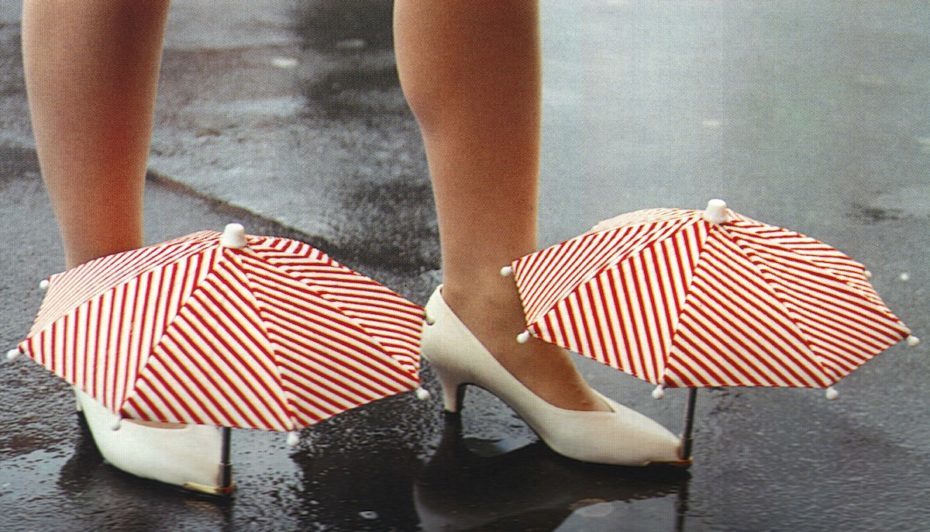

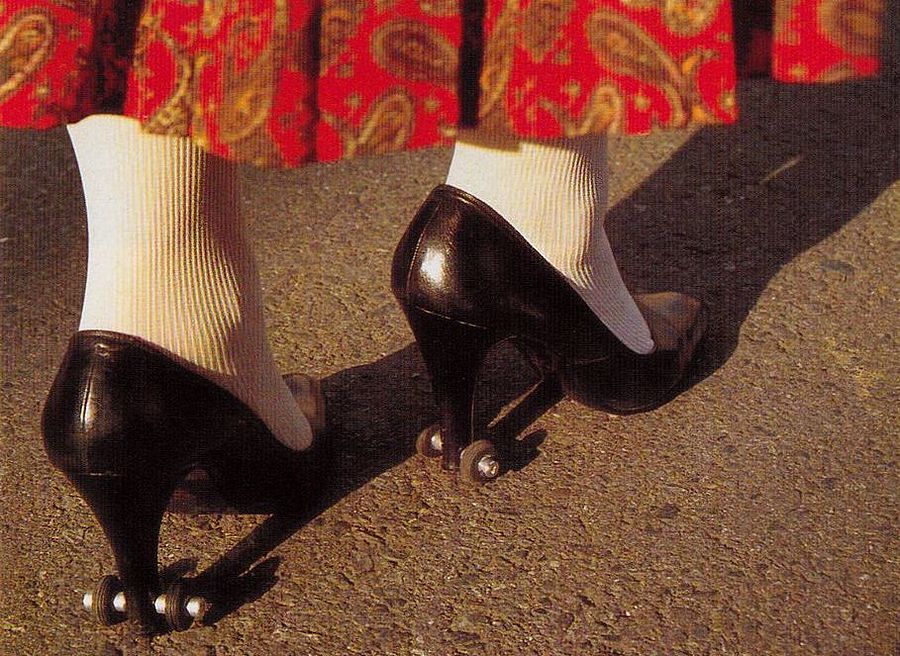
The inexplicably fascinating Japanese art of useless inventions is known as Chindōgu and we have plenty more where that came from here.
Ghana’s Fantasy Coffins
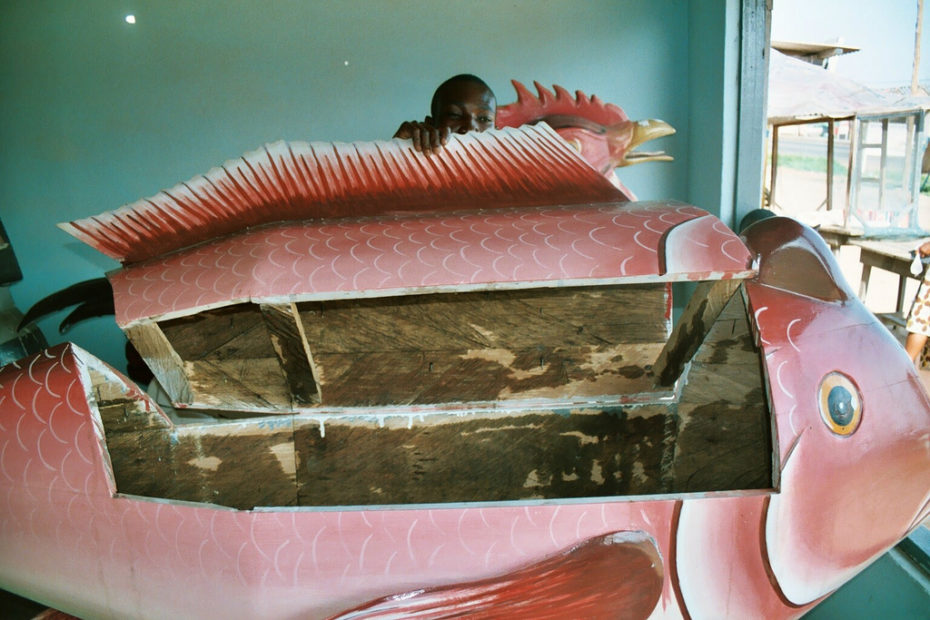
In Ghana, you can go out of this world in a Coke bottle, or a Corvette; a giant pineapple, or a big fish — the possibilities are pretty much limitless for their “fantasy coffins.” Depending on the skills of your carpenter, of course.
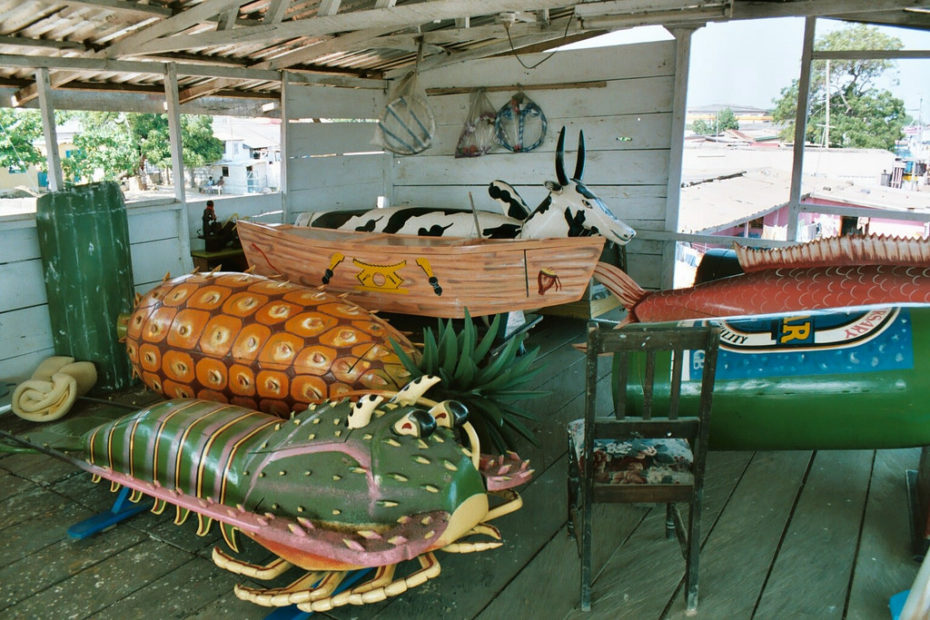
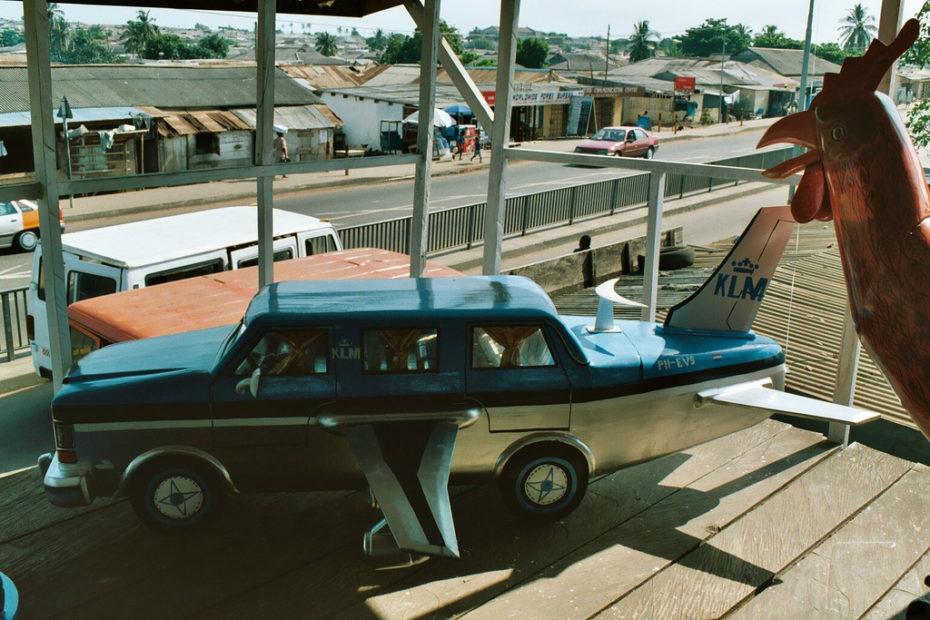
“People celebrate death in Ghana,” a fantasy coffin craftsman named Jacob told The Guardian in 2016, “At a funeral, we have a passion for the person leaving us – there are a lot of people, and a lot of noise […] Any time we travel abroad, people in the western world have a huge respect for our work, but in Ghana they don’t recognise this as art.” For locals, it’s just the way things are (fabulously) done. In a good month, craftsmen can make around 7 or 8 coffins, and charge a ballpark price of $1,000 for locals and $15,000 for international clients.
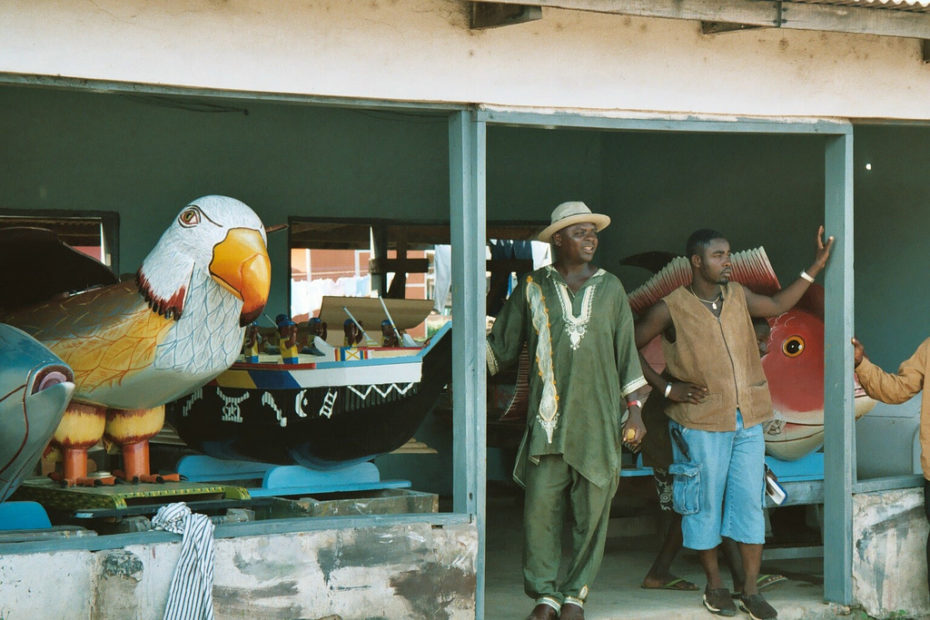
These babies have travelled around the world to some of the most prestigious museums, from Paris’ Musée Pompidou to New York’s Brooklyn Museum. Coffin artisans like Joseph Ahsang or “Paa Joe” have gained international celebrity after being in the business for over 50 years; in 2018, he told CNN he even sold a coffin to former US President Jimmy Carter.
Learn more about them in our 2015 article.
London’s Stretcher Fences
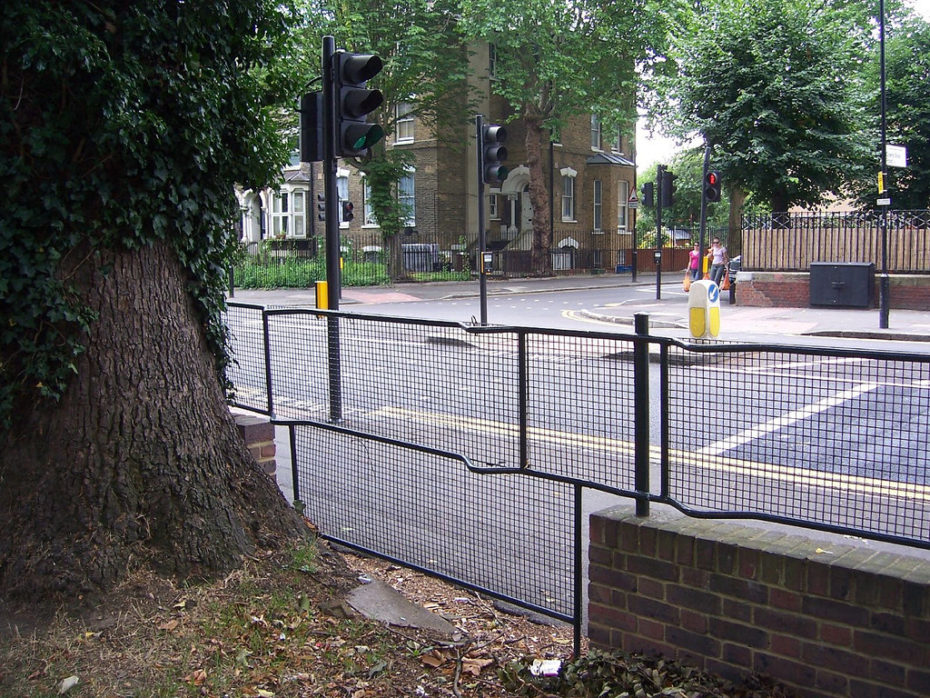
Walk along a quaint London street in Peckham or Brixton; take a stroll by Deptford, Oval, or East London, and you’ll catch a glimpse of some smartly reused objects from WWII: stretcher fences.
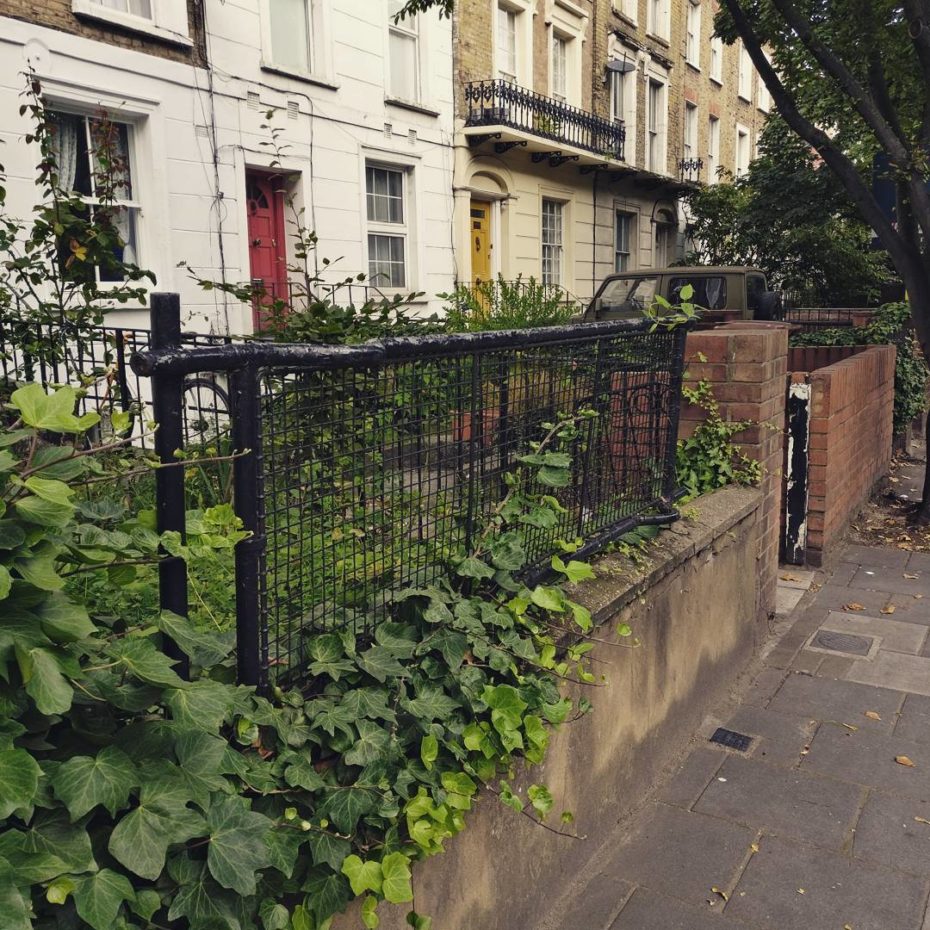
“More than 600,000 were built during WW2,” reported The Standard in a 2017 article, “so that Air Raid Protection officers could carry injured people during German bomb raids [and] at the end of the war, the authorities were left with an enormous stockpile of stretchers.”
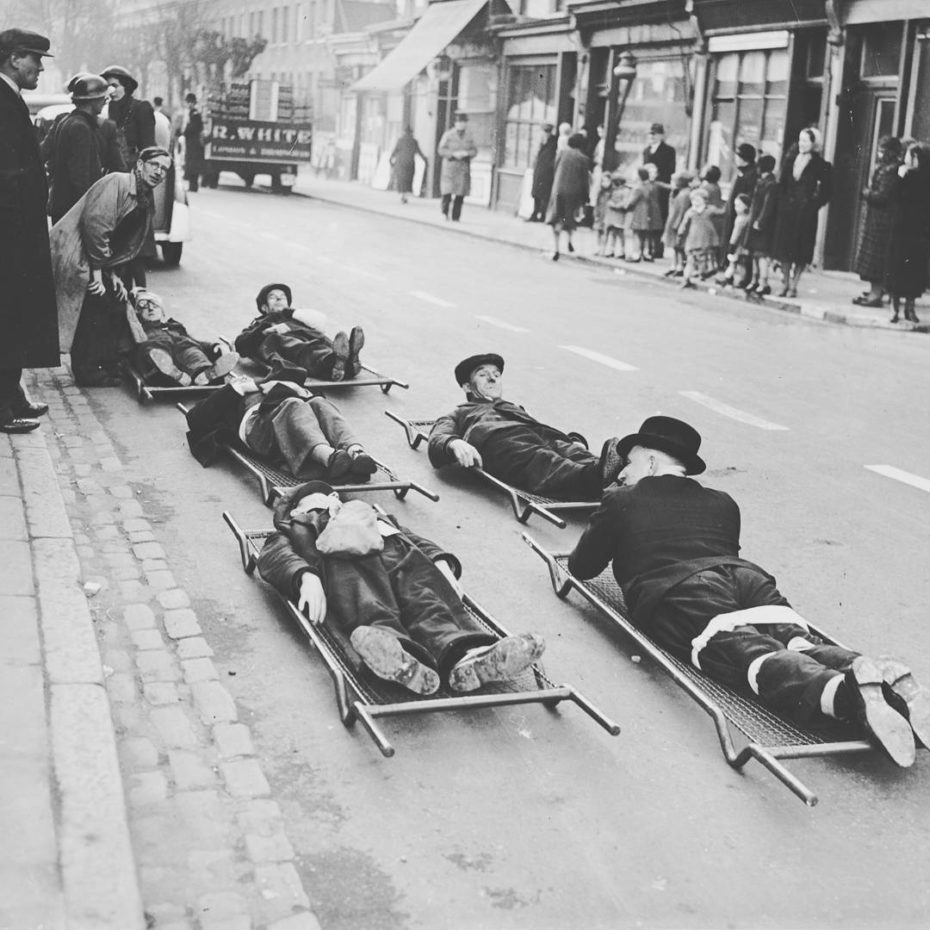
When the war was over, there were so many stretchers and few housing estates with in-tact railings. The ARP stretchers fit the bill perfectly, and Today, groups like the Stretcher Railing Society work to preserve the repurposed stretchers, which they see as a unique and tangible artefact of wartime history.
The Pussycar, the Maddest Cars to ever Hit the Streets of Paris
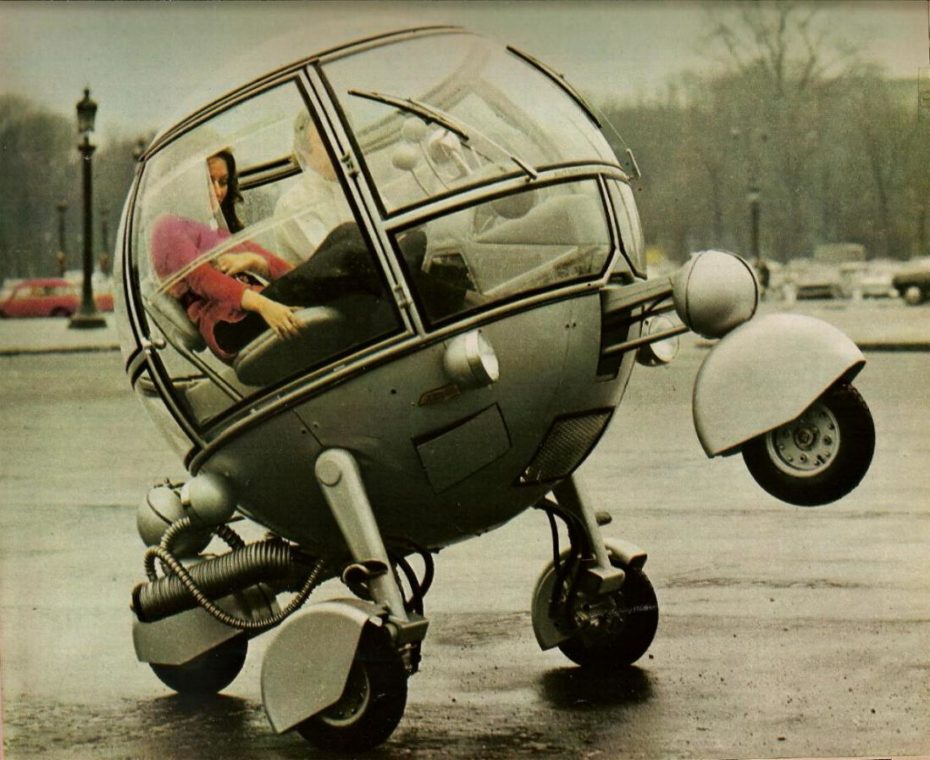
In the 1960s, the maddest French inventor of the 20th century embarked on a new career in car design and created more than 200 small cars, given the highly unfortunate name, “Pussy Cars” (even if it was just a reference to the vehicle’s size).
Check out these hot wheels in action here.
Bonsai treehouses
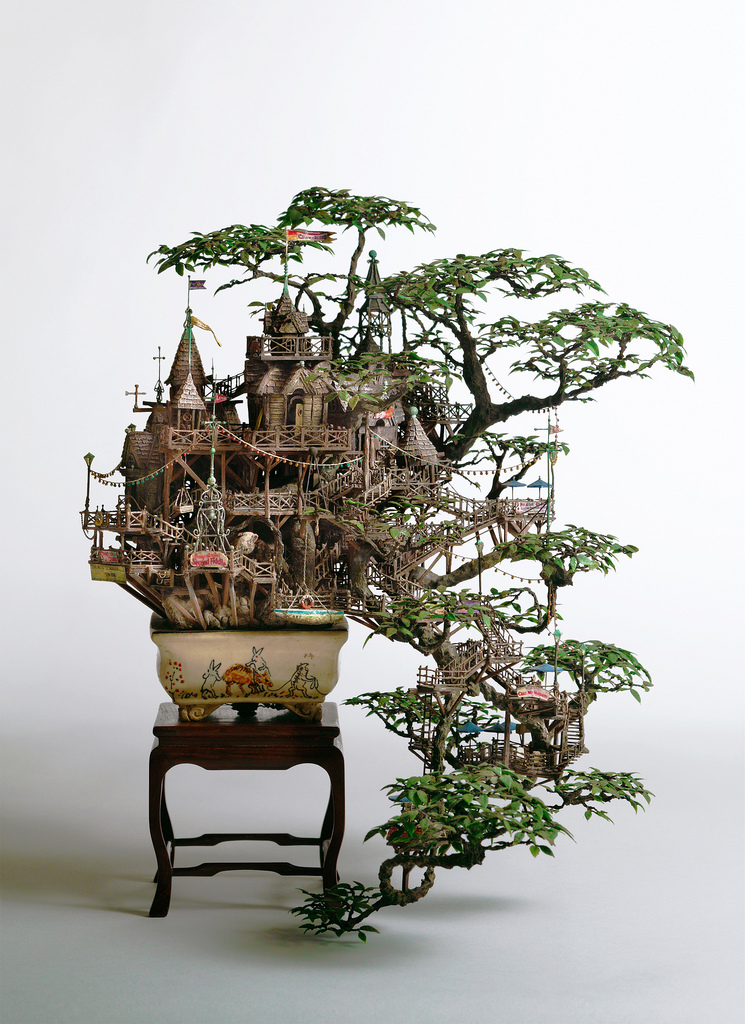
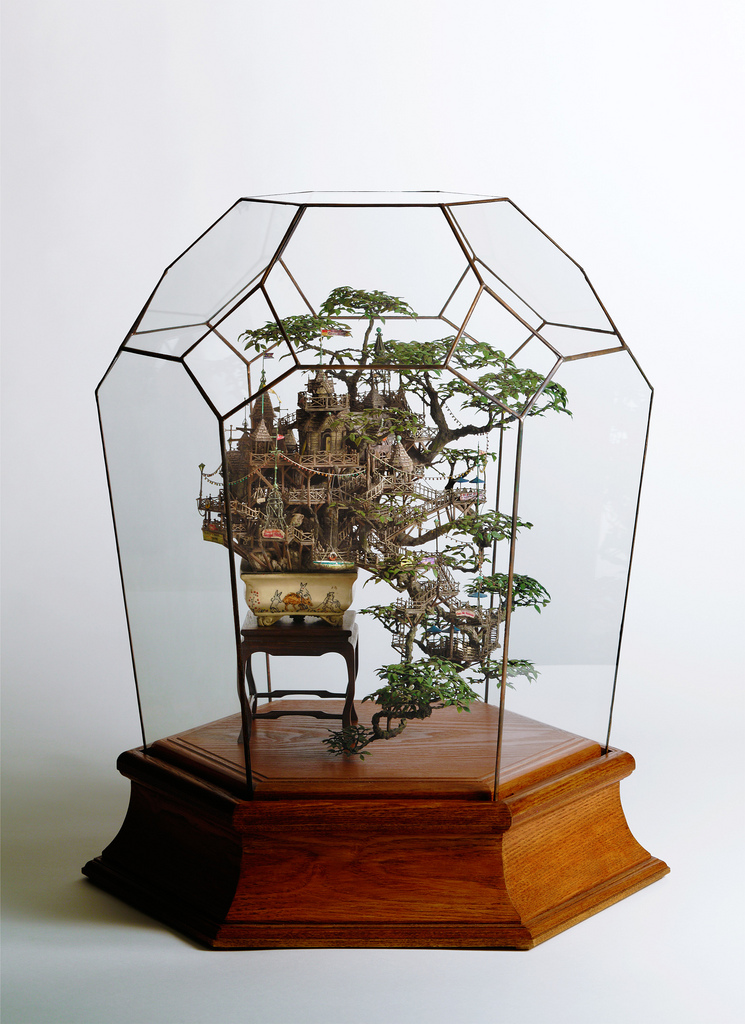
Takanori Aiba, is a genius and a wizard of miniature artistry with a specialty in making Bonsai treehouses and tiny tourist resorts from a parallel universe.
Take a closer look here.
This Mini Art Deco Telephone Jukebox circa 1935
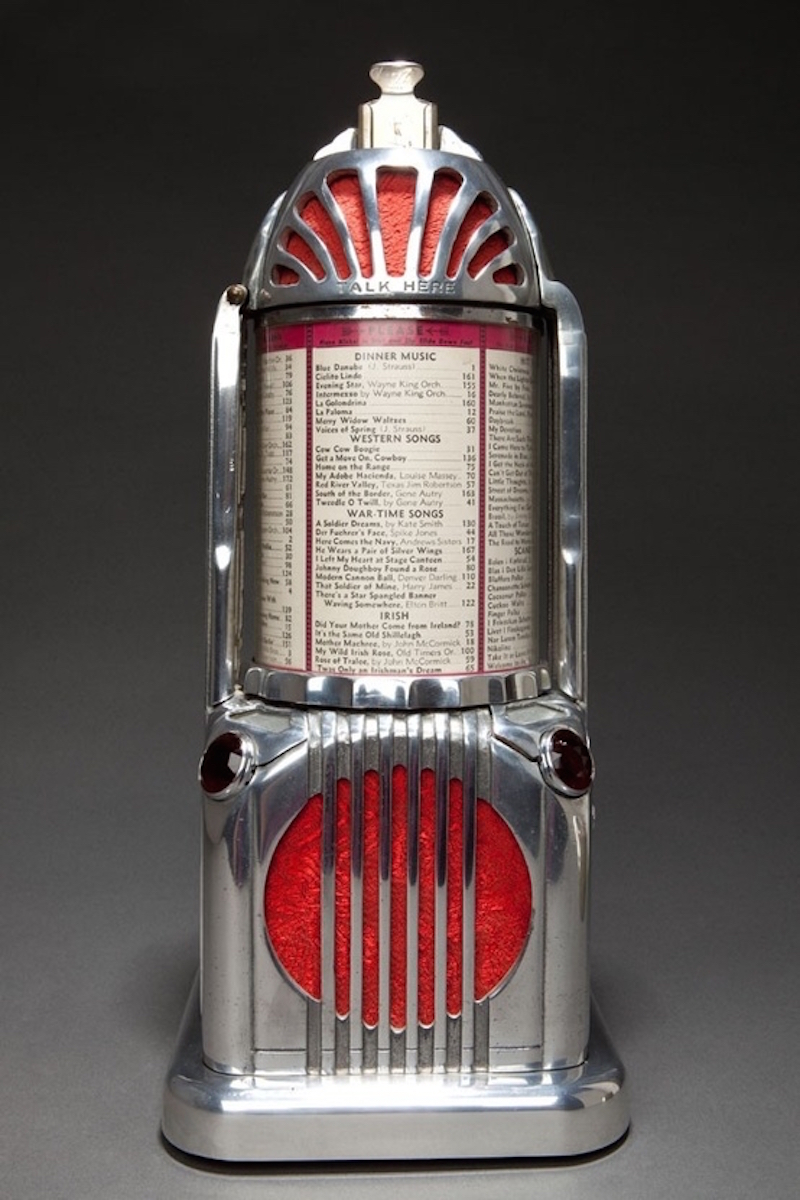
The Shyvers Multiphone is about 50cm tall with a 19cm square base and was typically placed on diner counters, tables at drive-ins and bars. It starts off like most jukeboxes, with a coin, which the patrons inserted into the multiphone– but here’s where the phone in “multiphone” comes in. These little machines actually connected diners straight to a telephone operator whom they could speak with through the microphone and request a track.
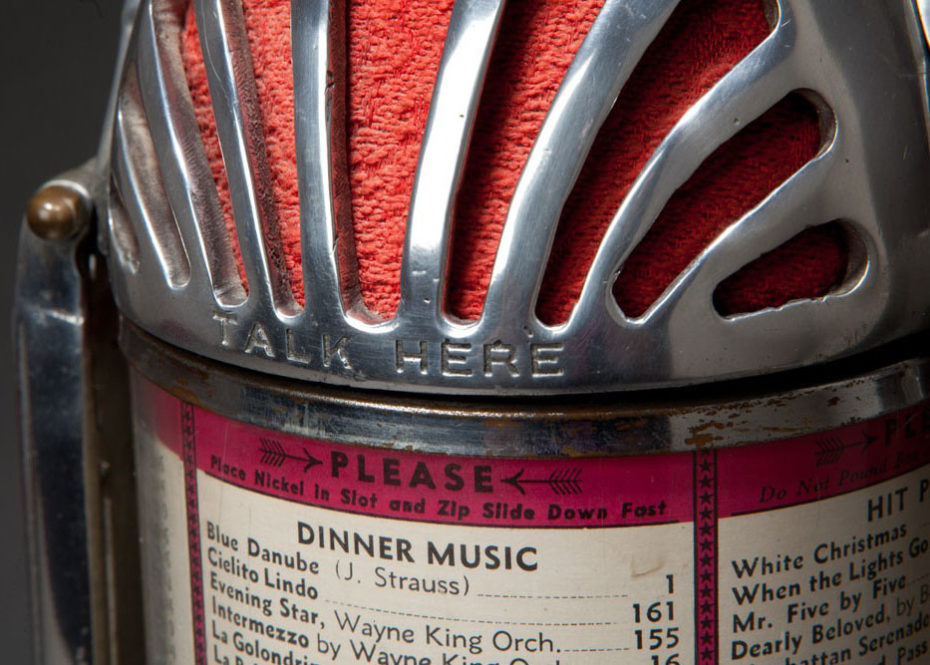
Between 1939 and 1959, these dedicated telephone operators were doubling as disk jockeys, ready and waiting at their turntables in the Central Music Studio in Seattle.
Long before modern music streaming, discover their fascinating story here.
Fake Food Art
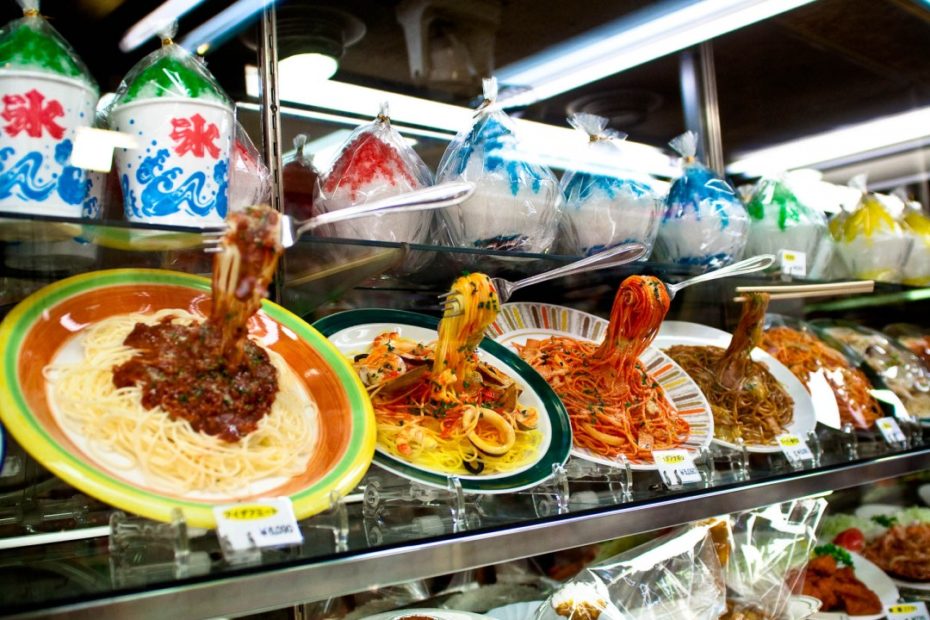
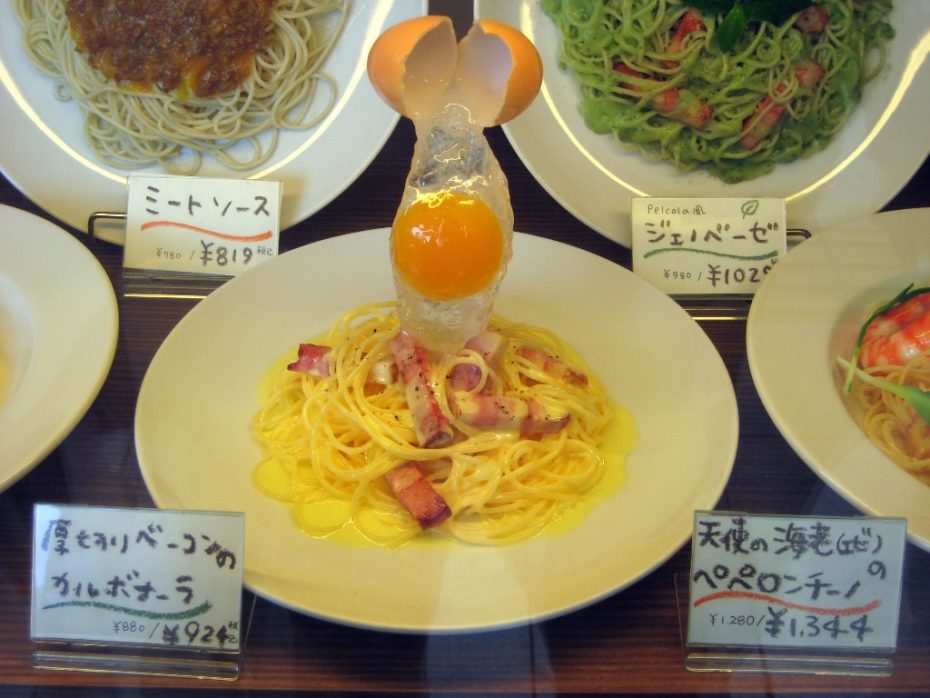
Sampuru, derived from the English word “sample”, is nothing short of an art form in Japan.
Discover the world of plastic replica food here.
Fantastic French Publicity Caravans of Yesteryear
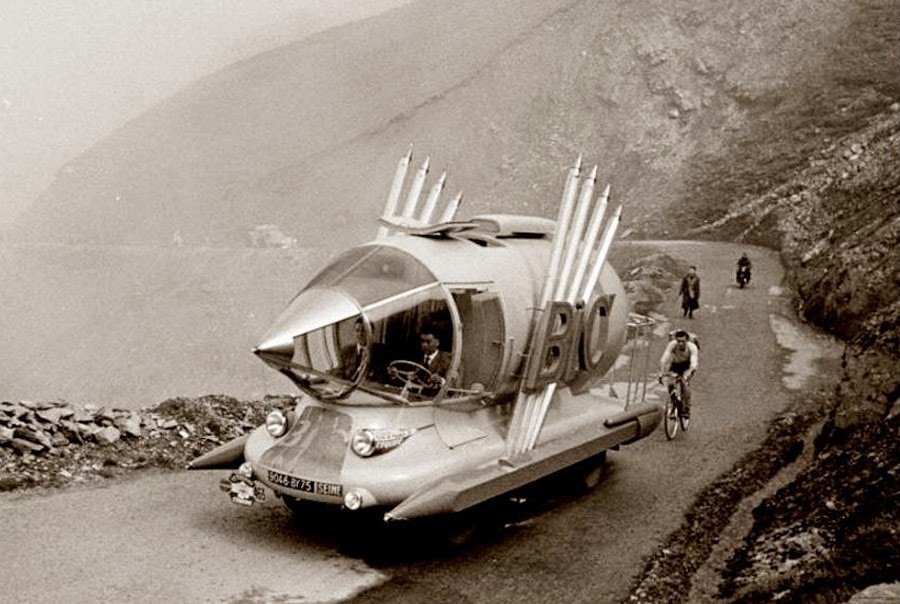
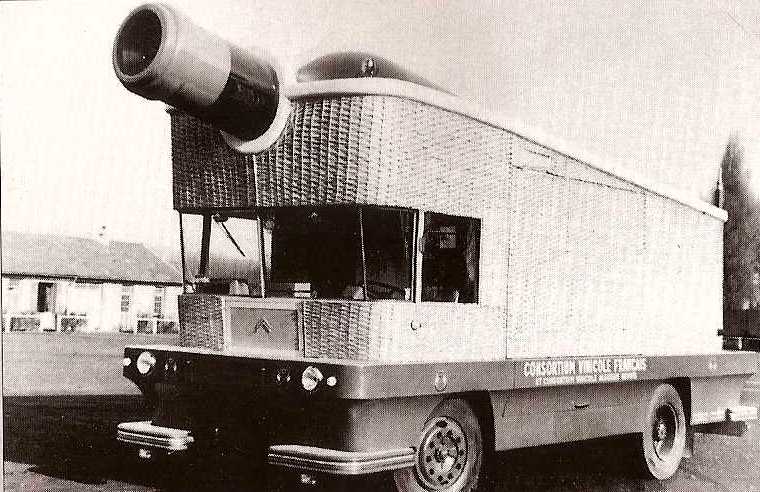
Discover the wackiest publicity concept cars from the Tour de France. The caravans have become more and more extravagant over the years, eventually spawning an official competition for the best publicity vehicle. They were built by the great coach builders of the time. More here.
Japanese Public Toilets and the Pretty Pissoires of Paris
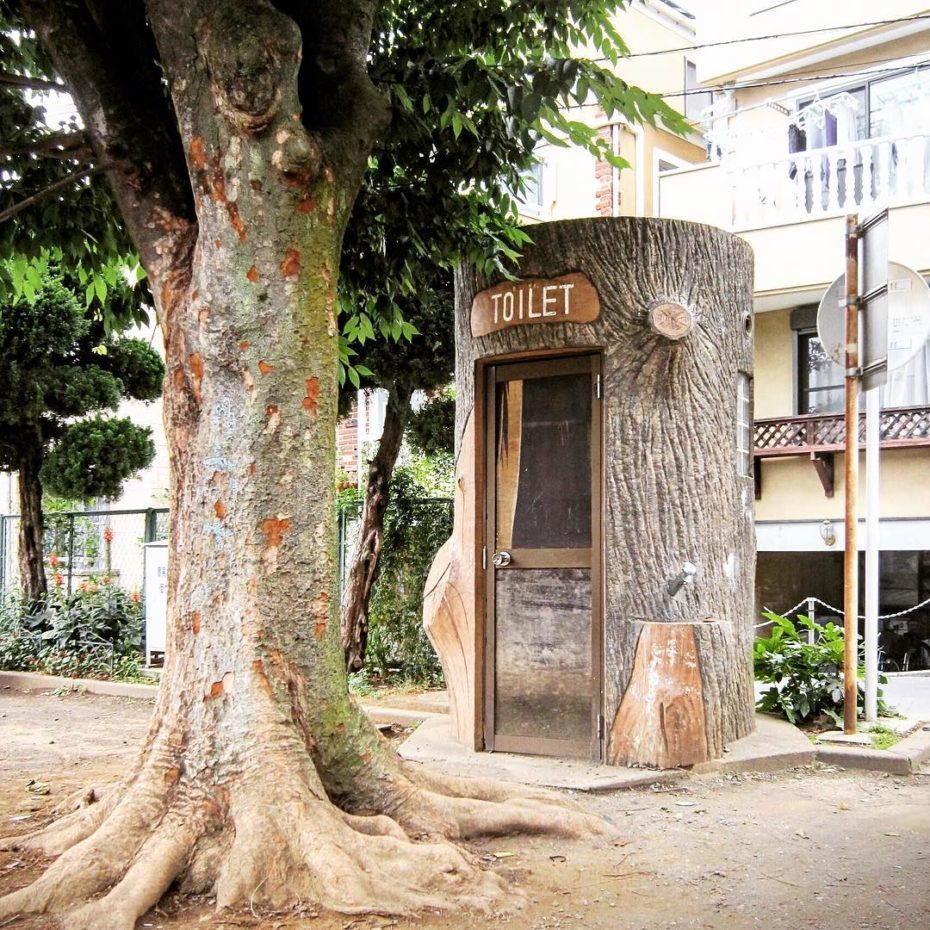
In Japan, their public toilets are actually worth documenting. A Tokyo-based publisher produced a guide book to the best rest rooms in the city, and there’s even an annual award for “Toilet of the year”. Check out this unique subculture here.
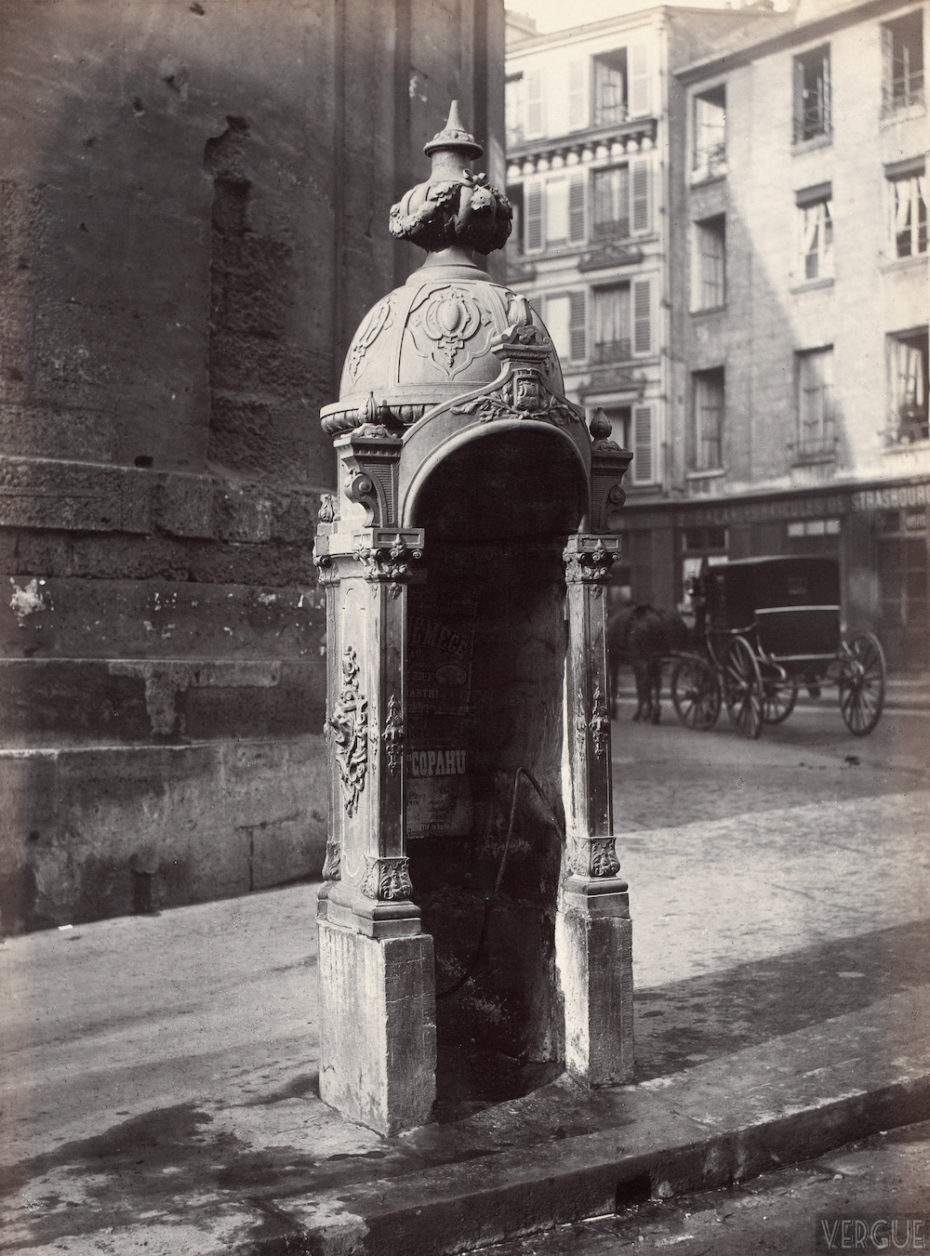
Even the public toilets in Paris were once a thing of beauty. Photographer Charles Marville meticulously documented all the different shapes and sizes of pissoirs, old and new, that Paris had to offer.
Discover them in our 2016 article.
Japanese Slot Machines
before, prepare to be dazzled by a far more fabulous, Japanese version of the old American pinball machine– with a Las Vegas, pool-hall twist. They’re a collector’s dream.
China’s Ghost Repelling Roofs
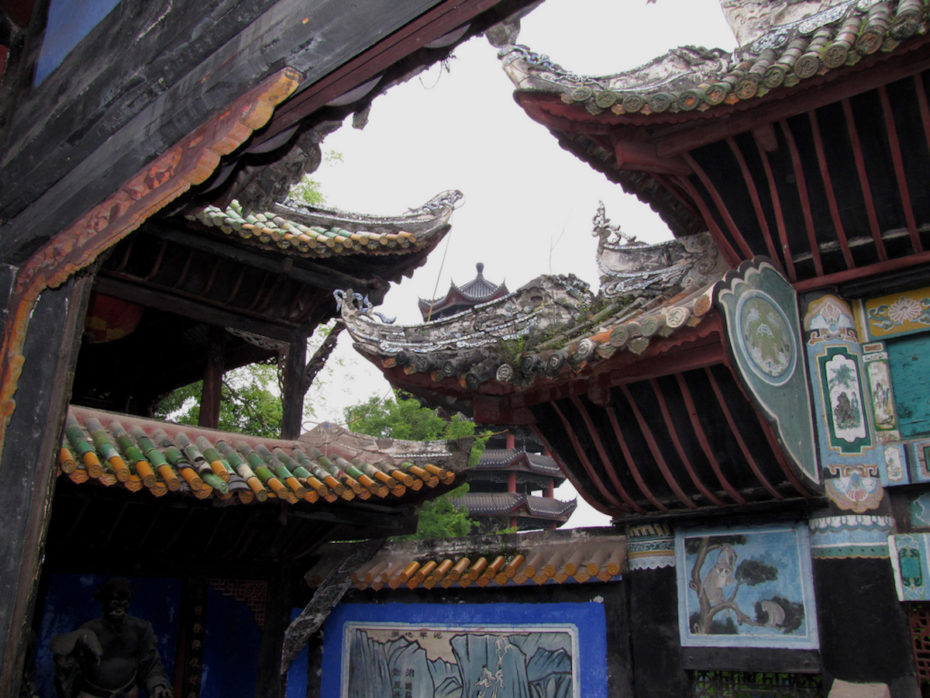
Ever wonder why Chinese roofs are curved upward? Turns out, the dipped shape wards off evil spirits which, according to legend, only fly in straight lines. You’ll find the same goes for pathways at temples, like Emperor Hongwu’s tomb in Nanjing. The roofs dip at their tips to form “fly eaves,” and at the path from the Sifangcheng pavilion called “the Spirit Way,” the road makes a sharp turn west before gradually turning northward up the hill of the Xiaoling Tomb…
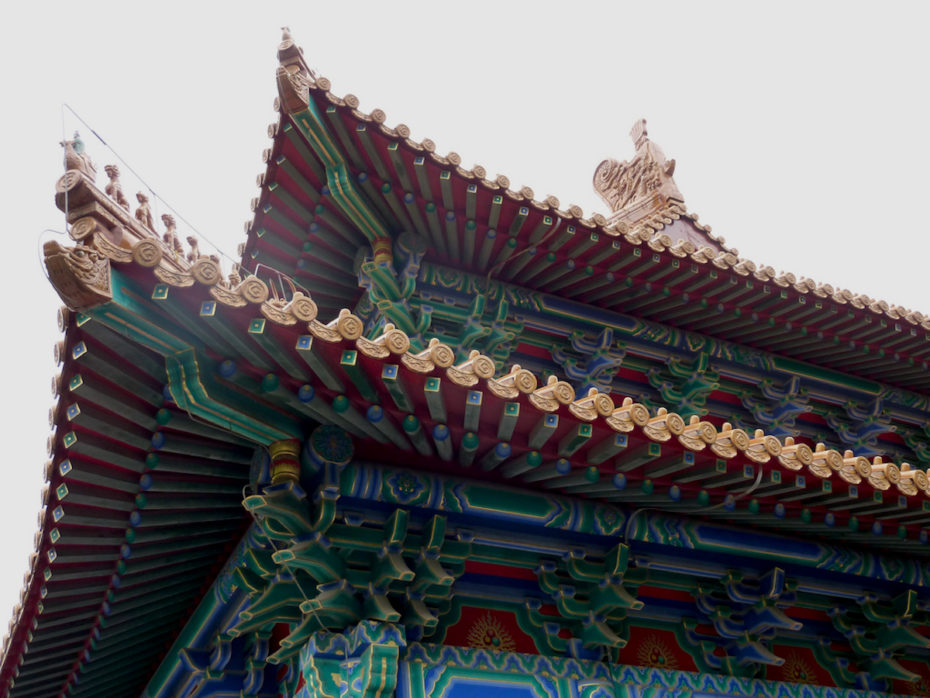
In The Traveler’s Handbook for China, Carol Crow explains that the pointed ends are also handy for stabbing evil spirits as a boobie-trap. “Often the roof is curiously ornamented with sharps barbs and points which stick out,” she writes, “the object being to impale any evil spirits that may be flying about. For a similar reason, all important buildings must face south.”
This Travelling Troupe of Giant Marionnettes
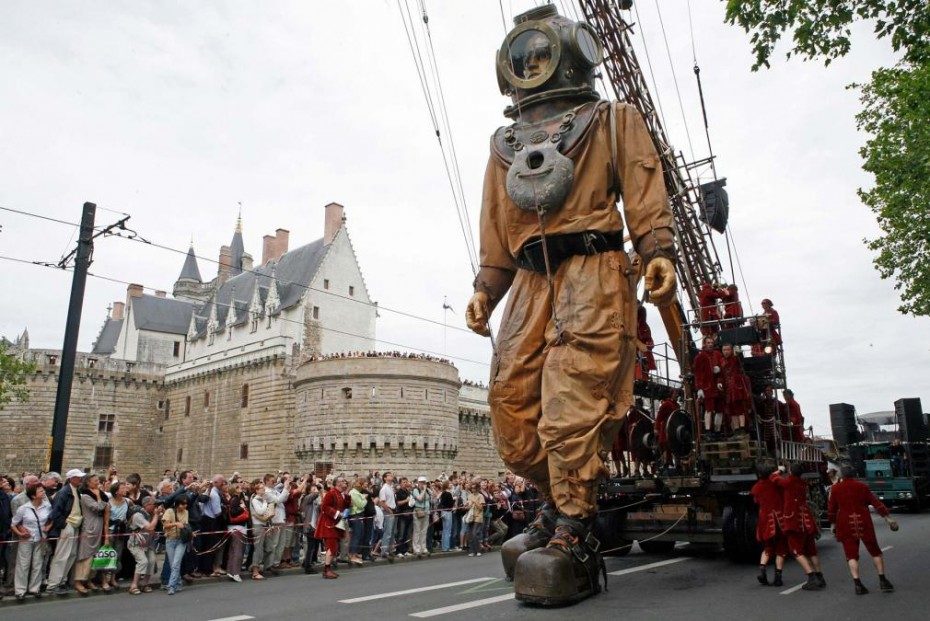
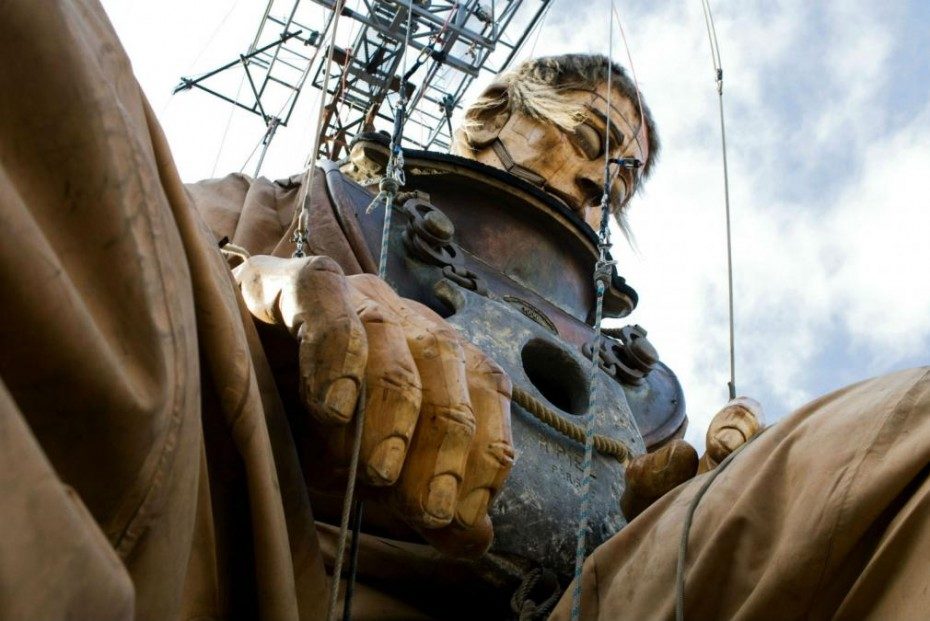
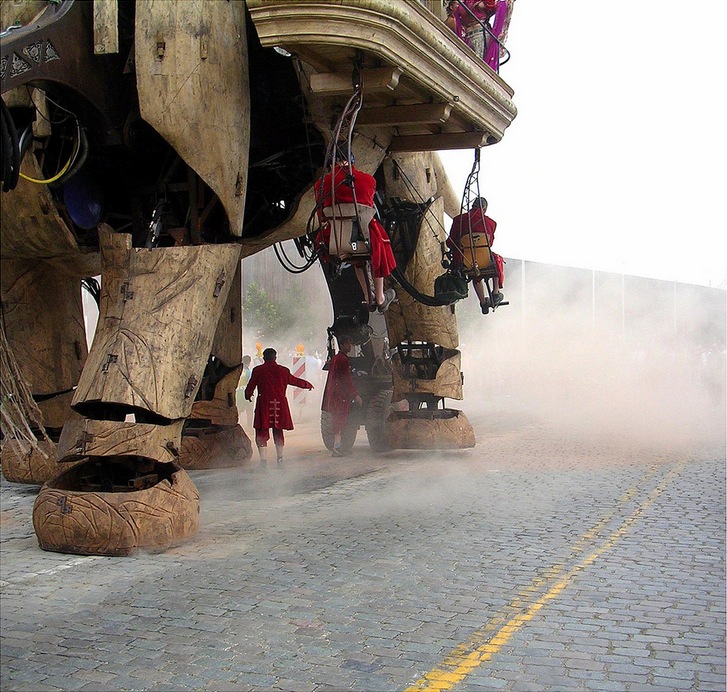
Royal de Luxe has become a street theatre company of epic, almost mythical proportions since it all began in 1979. Each giant, built with light and flexible poplar wood, is controlled on a system of hydraulic pulleys and levers by 20 to 40 members of the Royal de Luxe troupe, called Lilliputians. Members of the company come from all walks of life; they are inventors, poets, stuntmen, theatre technicians and scrap-dealers, most of whom move between a technical and performance role.
Marvel at their creations here.
Anti-Theft Grave Cages
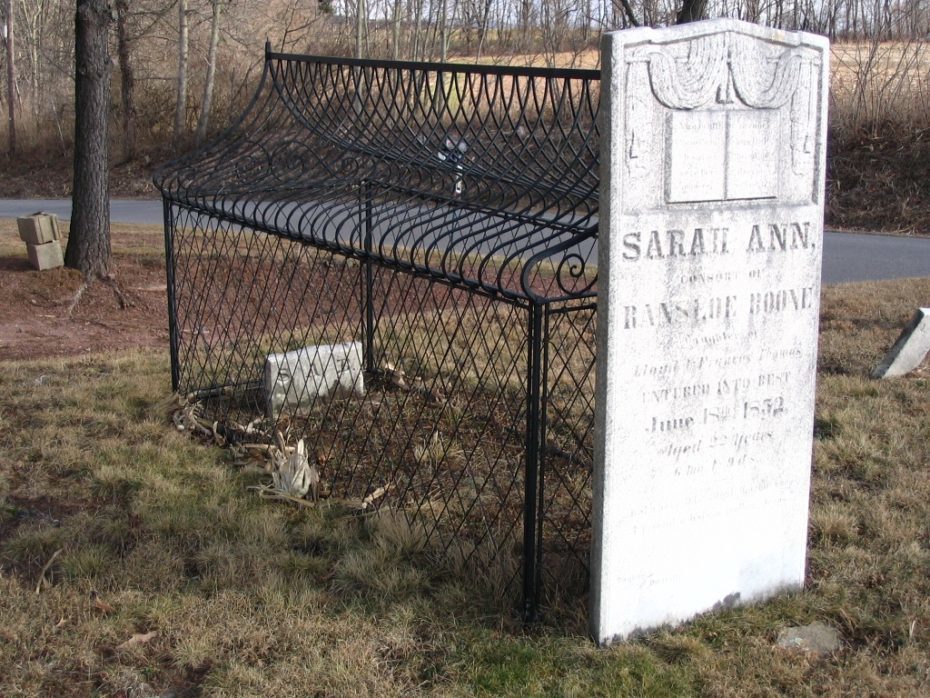
In the 18th and early 19th century, the number of stolen cadavers was quite a problem. Hence, “mortsafes” were introduced (mort=death in French; safe meaning, well, safe). These graveyard oddities were meant to deter thieves, called “Resurrectionists,” who were often stealing bodies for medical research purposes swiftly in the wee hours of the night…
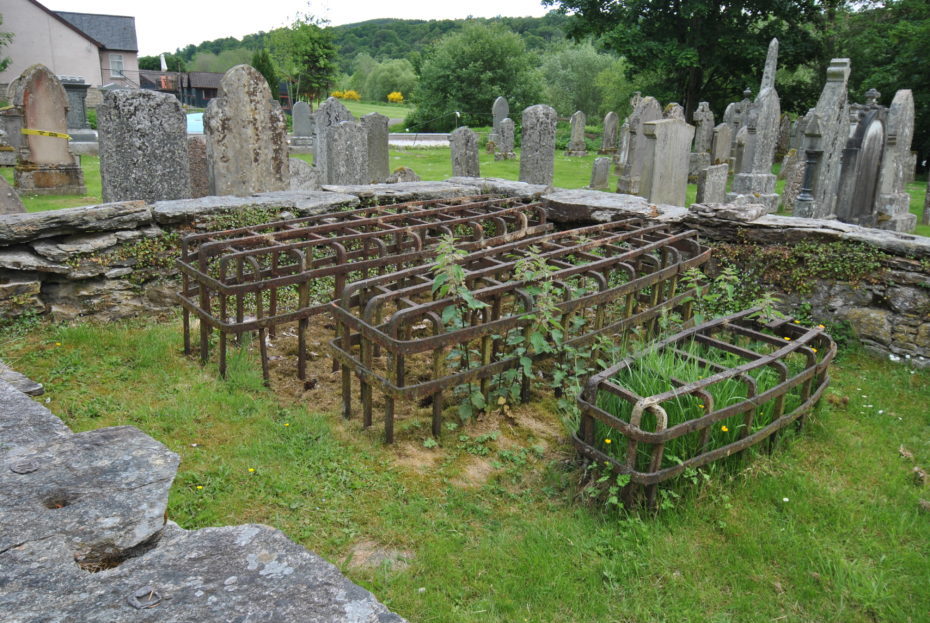
Of course, no matter how dire the research needs, unearthing a freshly deceased corpse just doesn’t fly. So in 1816, the mortsafe was introduced to protect the bodies of those who could afford one for their loved ones.
Read more about it in our 2018 article, which thanks the heavens that our doctors aren’t body snatchers anymore.
Topiaries of Tulcán Municipal Cemetery in Ecuador
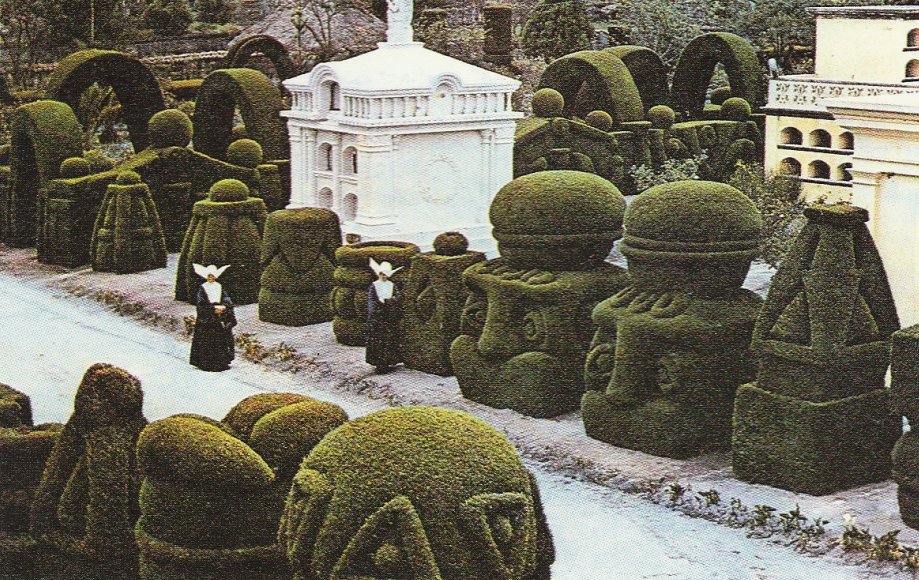
In 1930s Ecuador, the Cementerio Municipal became an unexpected artistic canvas for its groundskeeper, José María Azael Franco. He trimmed over 100 of its hedges and plants into graphic shapes and idols evocative of his homeland — a place “so beautiful,” he said, that “it invites one to die.”
We dedicated an entire post to the art of topiary here.
And last but not least, we couldn’t leave this one off the list…
Roadside American Kitsch
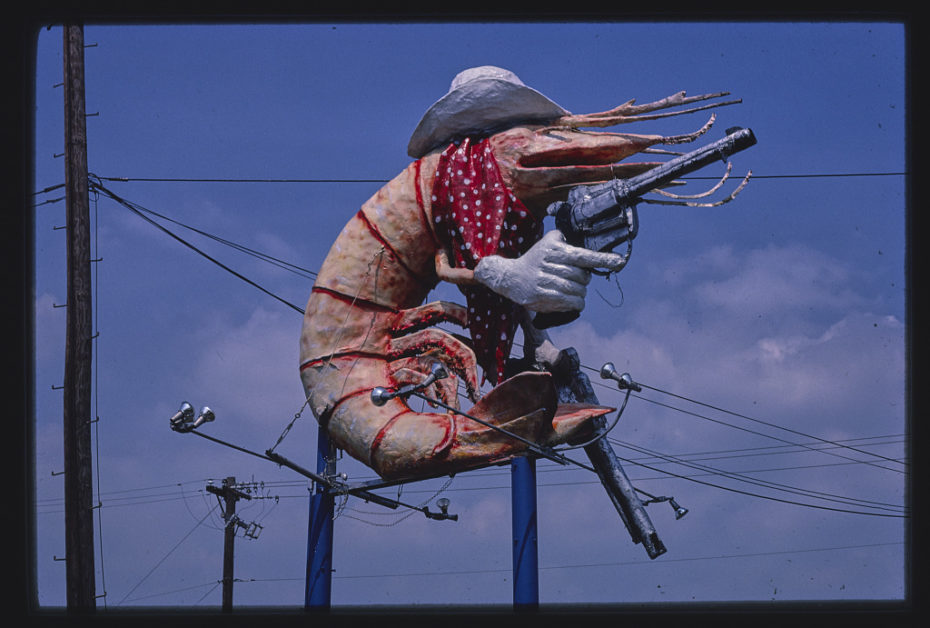
There’s a certain brand of American kitsch that captured the imagination of the world. It’s inextricably bound to the mythology and romance of the Great Open Road, Route 66, and hitting the road à la Kerouac. It’s filled with highway restaurants masquerading as giant fish, ice-cream cones, and donuts; whales, dinosaurs, and a shrimp with a pistol.
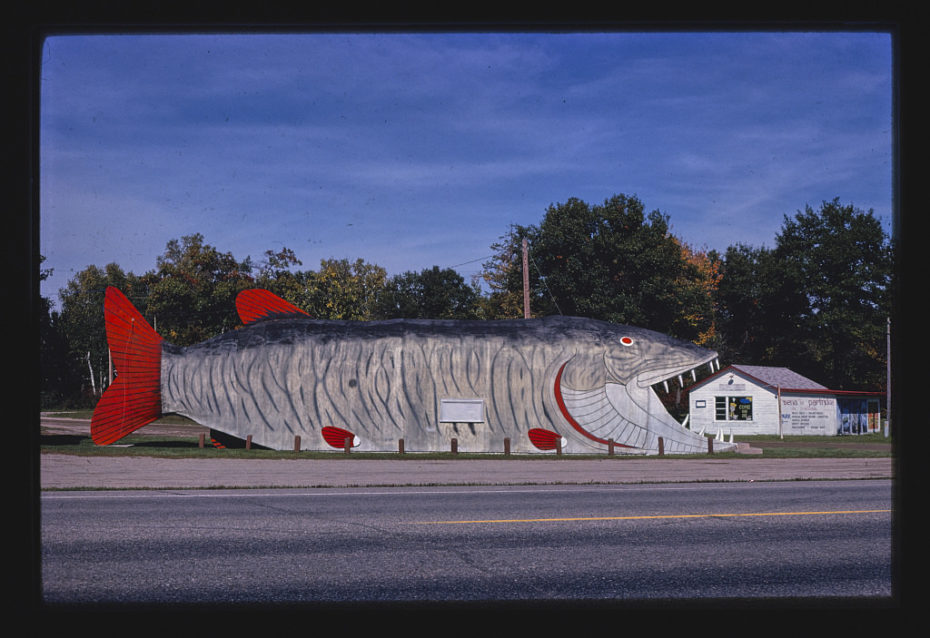
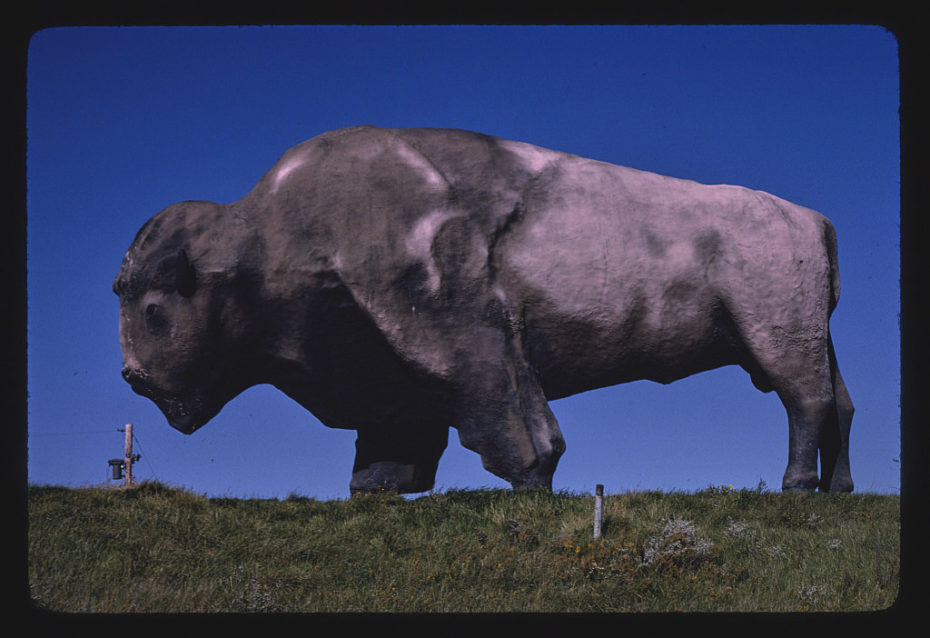
This particular collection, titled “Roadside America” in its Library of Congress album, was taken by photographer John Margolies in the 1970s. Modernism was on the rise, and he documented the novelty architecture from generations past to make sure a certain kind of American eccentricity wasn’t lost. See even more of Margolies’ work in our 2018 article.
So which one deserves the MessyNessy design trophy? Of course, there’s always more creative awesomeness in our Art & Design Oddities category.


